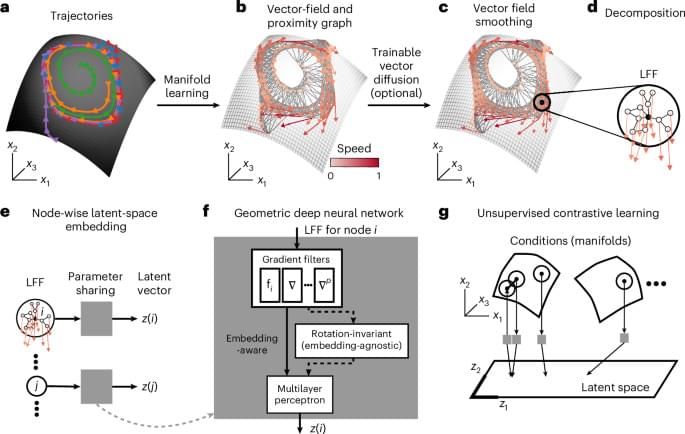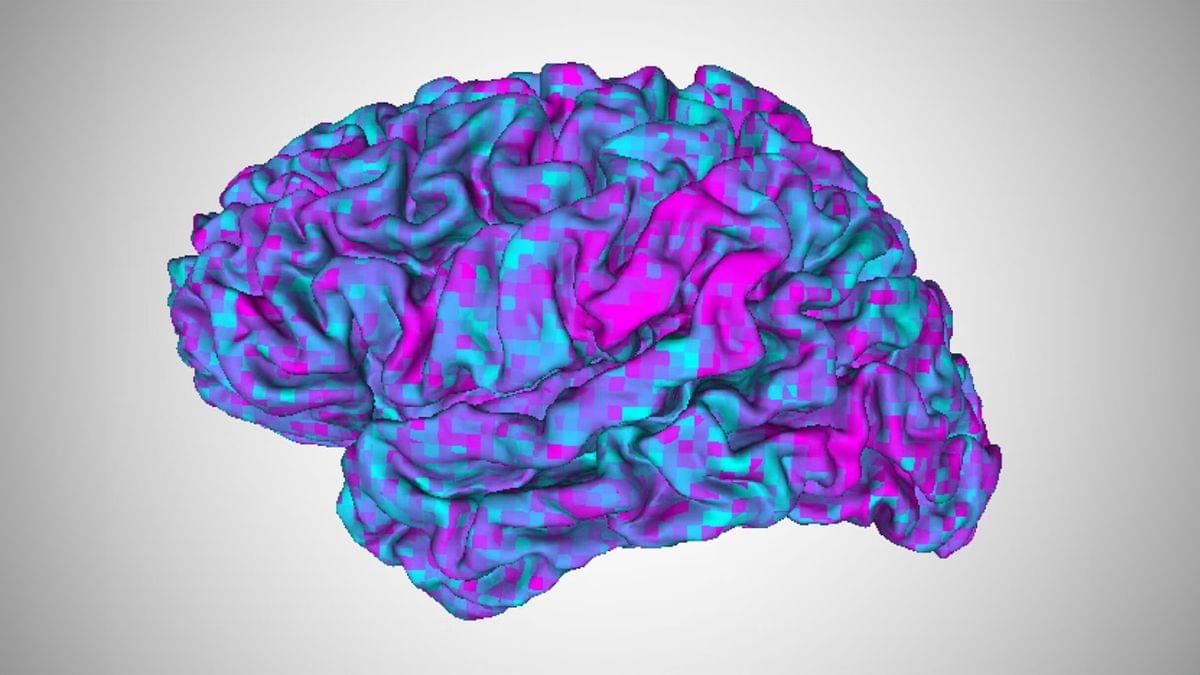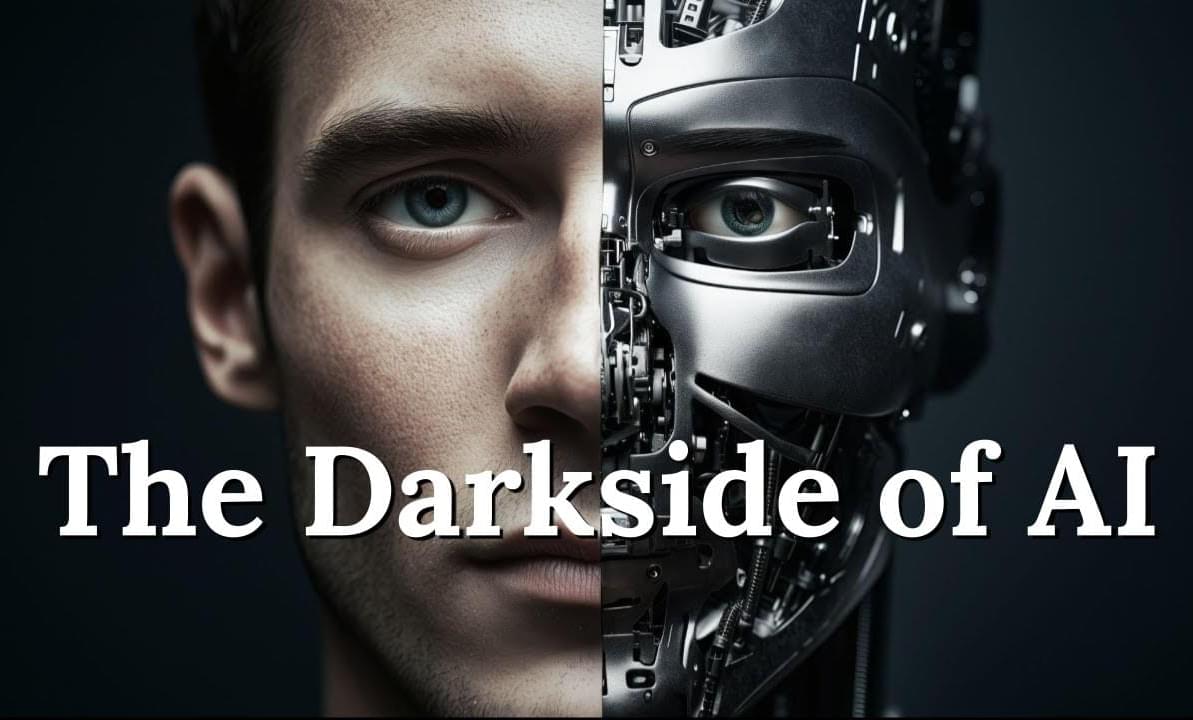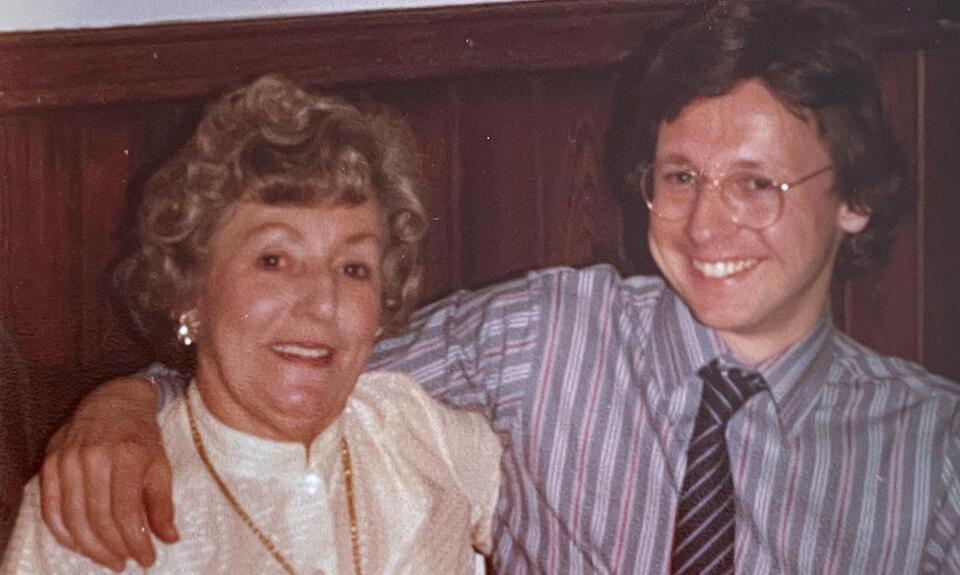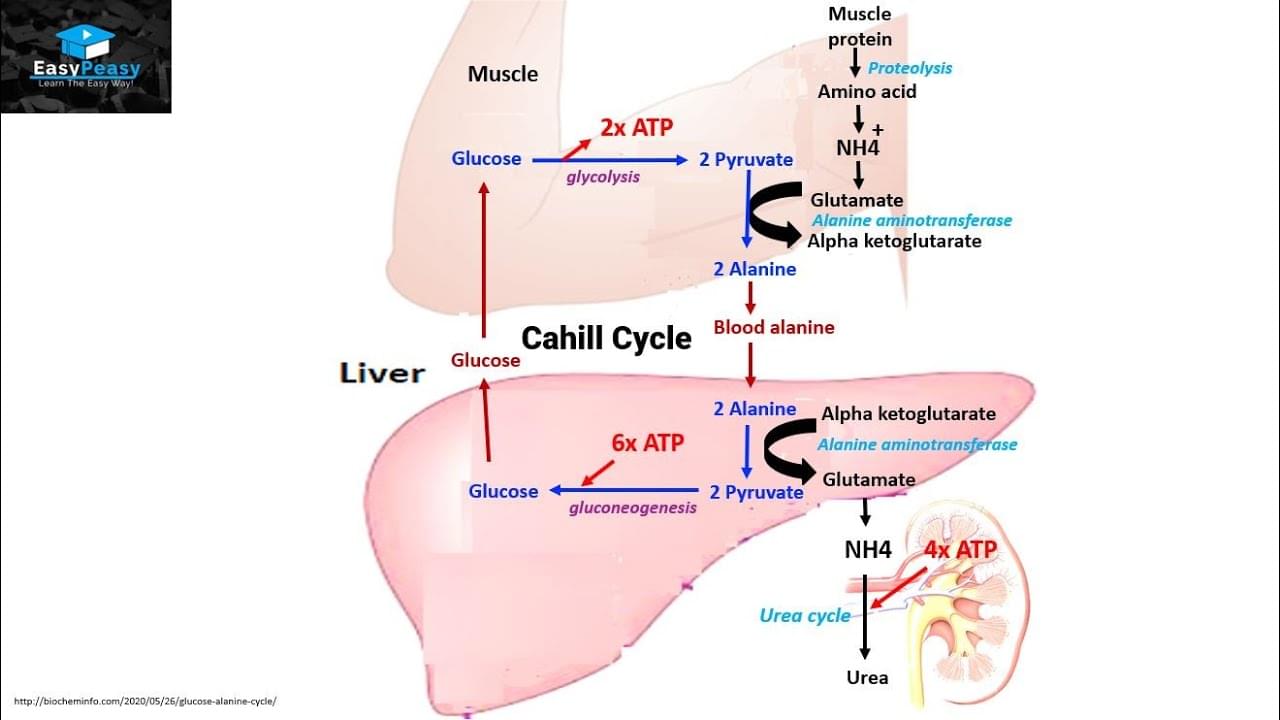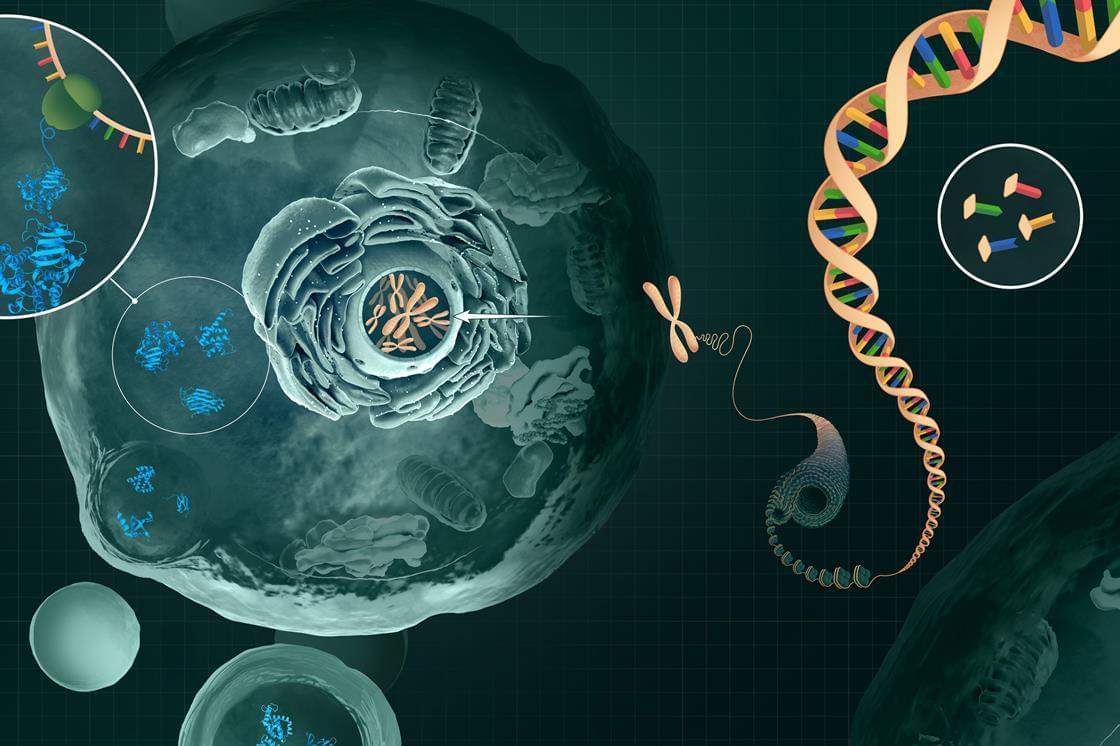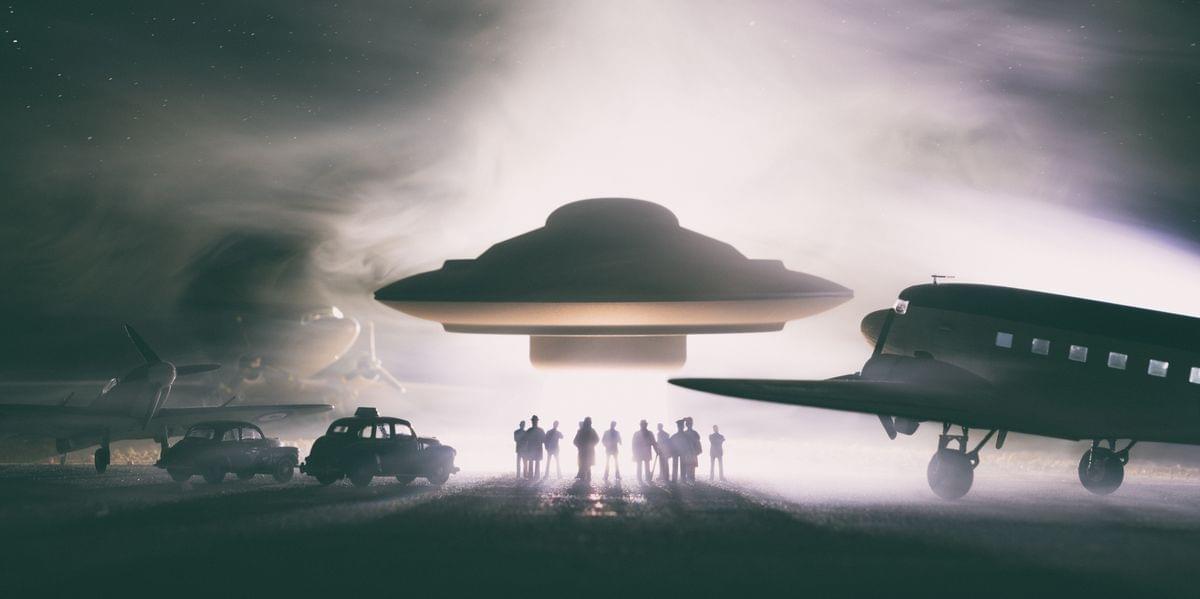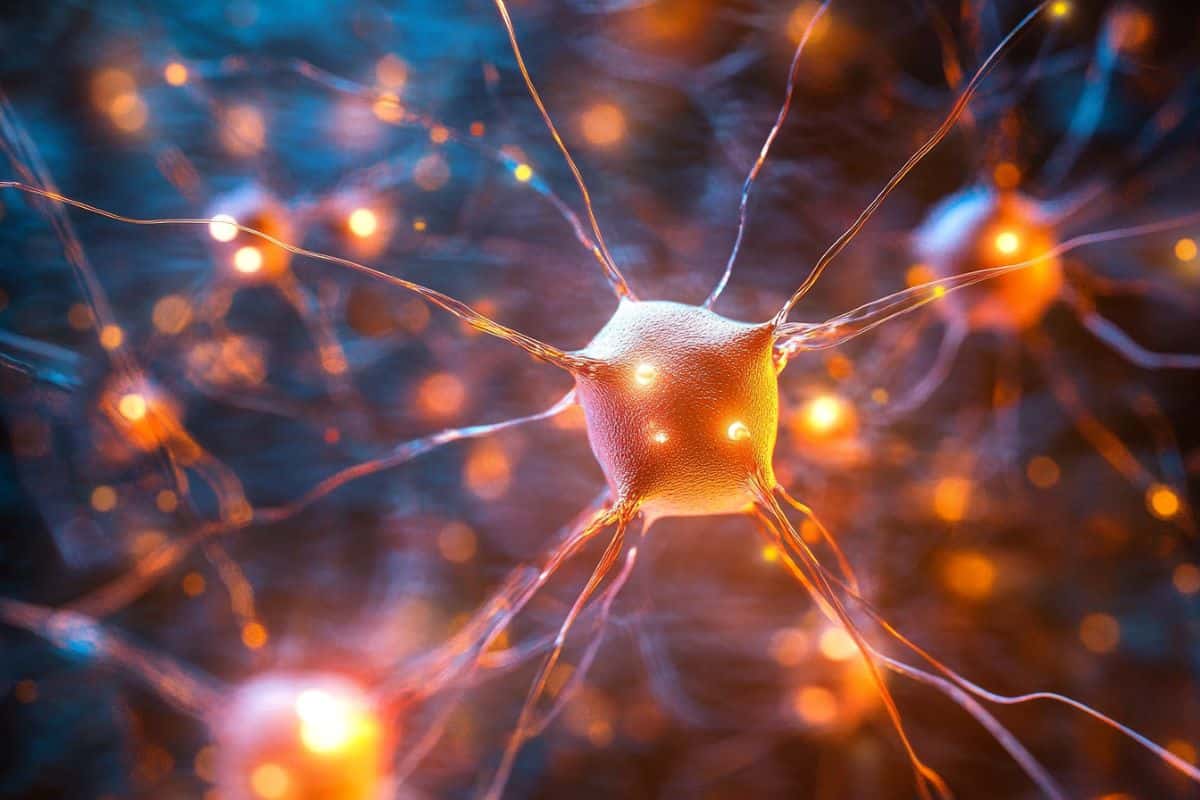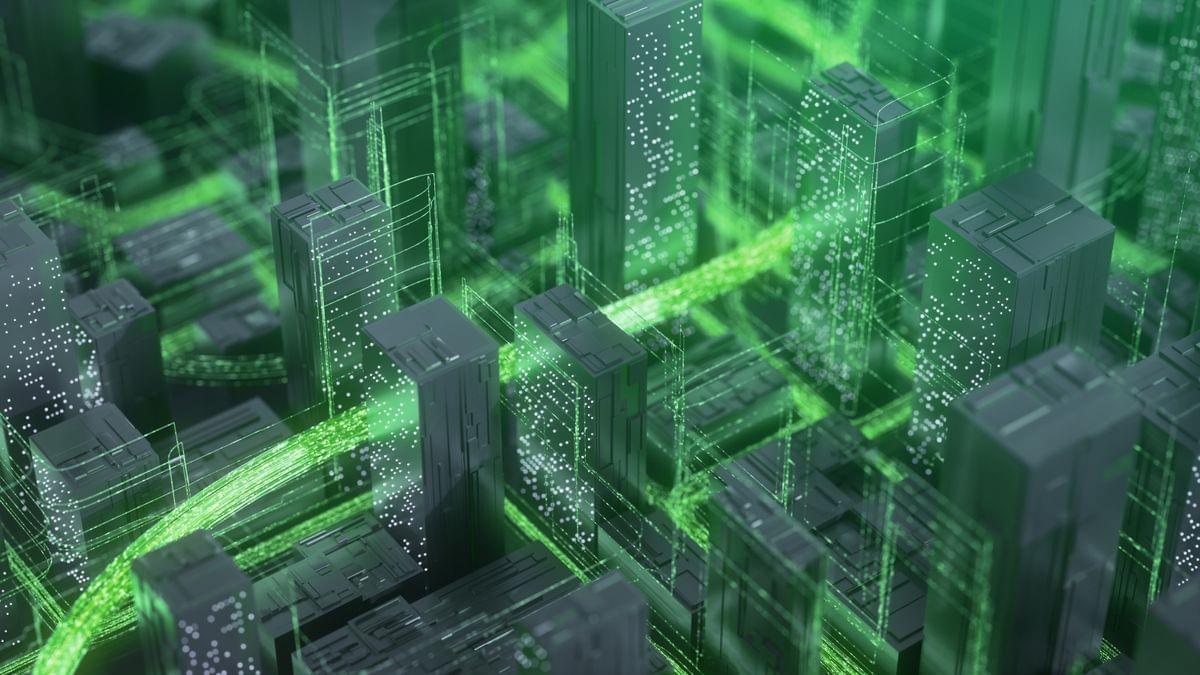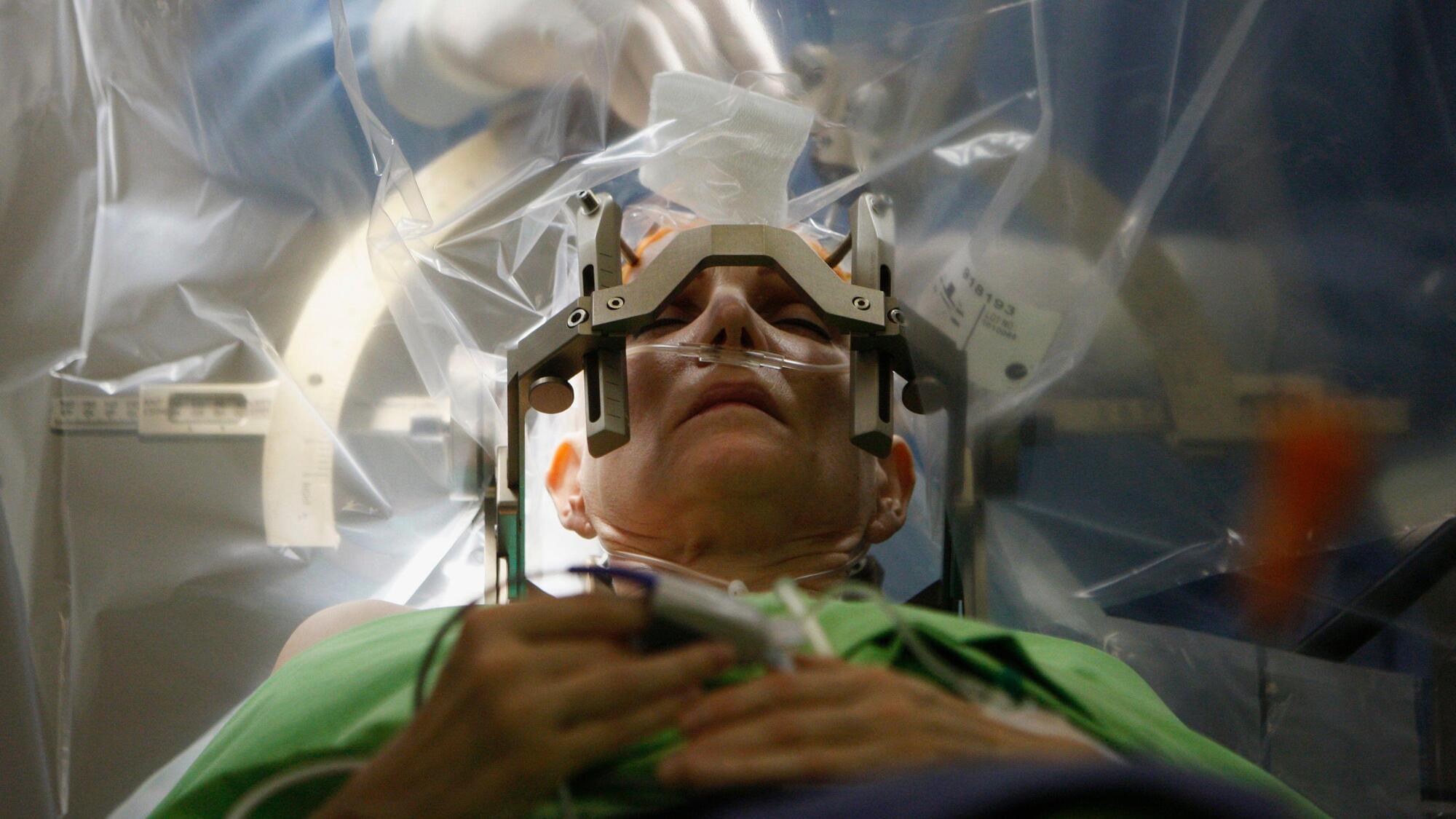MARBLE uses geometric deep learning to map dynamics such as neural activity into a latent representation, which can then be used to decode the neural activity or compare it across systems.
An improvement to an existing AI-based brain decoder can translate a person’s thoughts into text without hours of training.
Become a Supporting Member! ► http://academyofideas.com/members/Access the transcript and art used in this video — https://academyofideas.com/2025/02/darksid…
Paul Workman has researched untreatable chordoma for years. Now new technology points towards to a potential drug to beat it.
In this video, we break down the Cahill Cycle, also known as the Glucose-Alanine Cycle, a crucial metabolic pathway that helps transport nitrogen from muscles to the liver while maintaining glucose balance! 🧬🔥
You’ll learn:
✅ How alanine plays a key role in nitrogen transport 🏋️♂️
✅ The step-by-step process of the cycle 🔄
✅ Why this process is energy-intensive for the liver ⚡
Join this channel to get access to perks:
/ @easypeasylearning.
Thank You For Watching.
Please Like And Subscribe to Our Channel: / easypeasylearning.
Like Our Facebook Page: / learningeasypeasy.
Join Our Facebook Group: / 460057834950033
Support Our Channel: / supereasypeasy.
It’s only a matter of time before we find the aliens, scientists say. So what should happen next?
Summary: Researchers have mapped over 70,000 synaptic connections in rat neurons using a silicon chip with 4,096 microhole electrodes, significantly advancing neuronal recording technology. Unlike traditional electron microscopy, which only visualizes synapses, this method also measures connection strength, providing deeper insight into brain network function.
The chip mimics patch-clamp electrodes but at a massive scale, enabling highly sensitive intracellular recordings from thousands of neurons simultaneously. Compared to their previous nanoneedle design, this new approach captured 200 times more synaptic connections, revealing detailed characteristics of each link.
The technology could revolutionize neural mapping, offering a powerful tool for studying brain function and diseases. Researchers are now working to apply this system in live brains to further understand real-time neural communication.
Scientists discovered that by adding 30 lines to the Linux operating system, they could dramatically reduce the amount of energy that data centers consume.
A few decades later, the neuropsychologists Roger Sperry and Michael Gazzaniga studied more of these so-called split-brain patients and discovered that each half of the brain processed information independently. Each could make its own decisions and control its own behaviours. In a sense, the surgery had created two separate selves. In some of these patients, one side of their body (controlled by one hemisphere) would do one thing, while the other half (controlled by the other hemisphere) would do the opposite. For example, one hand would button their shirt while the other hand would unbutton it.
So why didn’t these split-brain patients, post-surgery, feel like they had two selves? The answer is that their brains fooled them into thinking that only one self existed and that it was in charge. When one of their hands did something unexpected, they made up a story to explain why. I changed my mind. I didn’t like the way that shirt looked.
These stories or confabulations show the power of the illusion of selfhood – a feeling that evolutionary psychologists believe evolved because it is adaptively useful. What better way to ensure that the physical package carrying and protecting the information in our DNA – namely, our bodies – survives long enough to pass on that code to the next generation? The illusion of the self makes us feel unique and provides us with a goal-oriented purpose to our lives.
